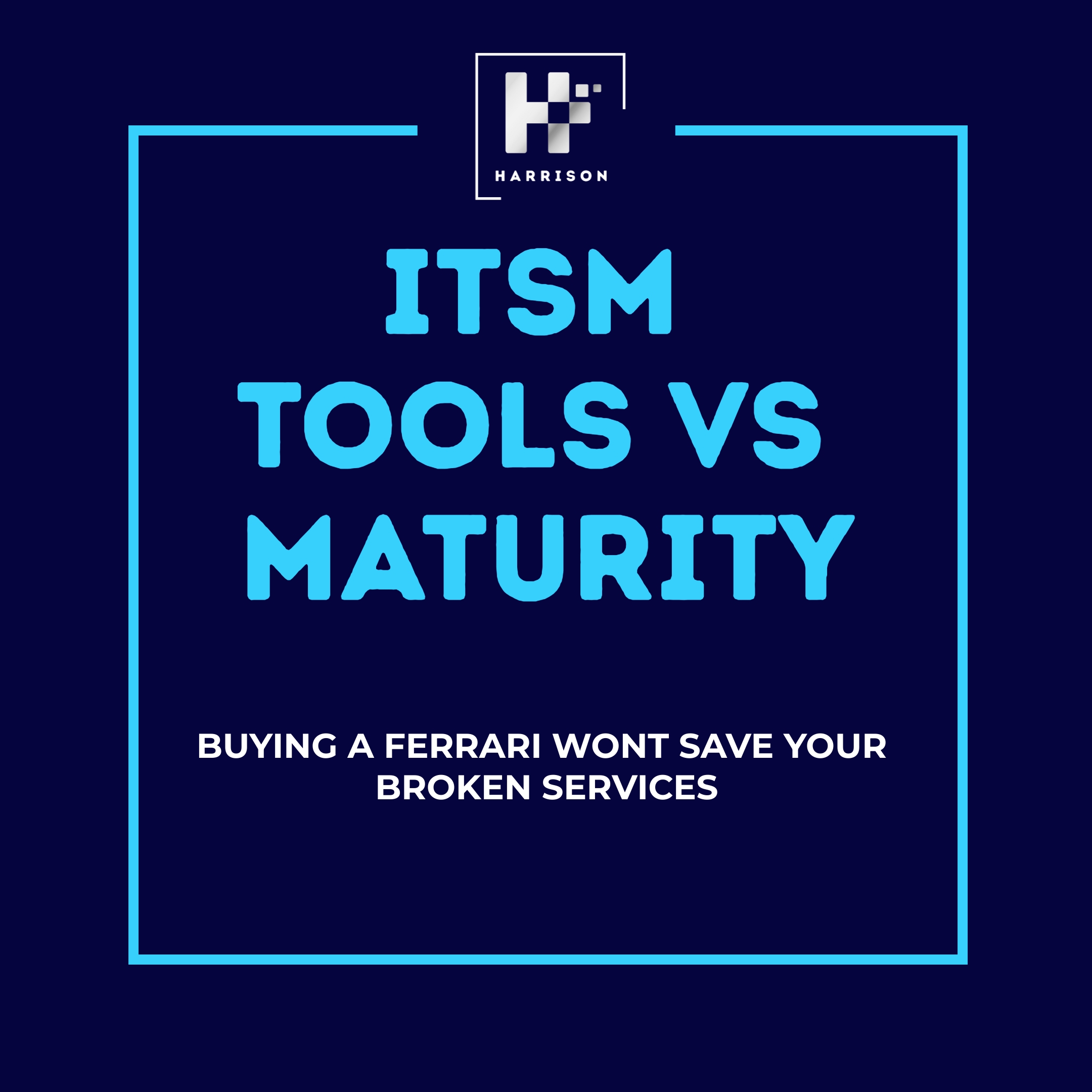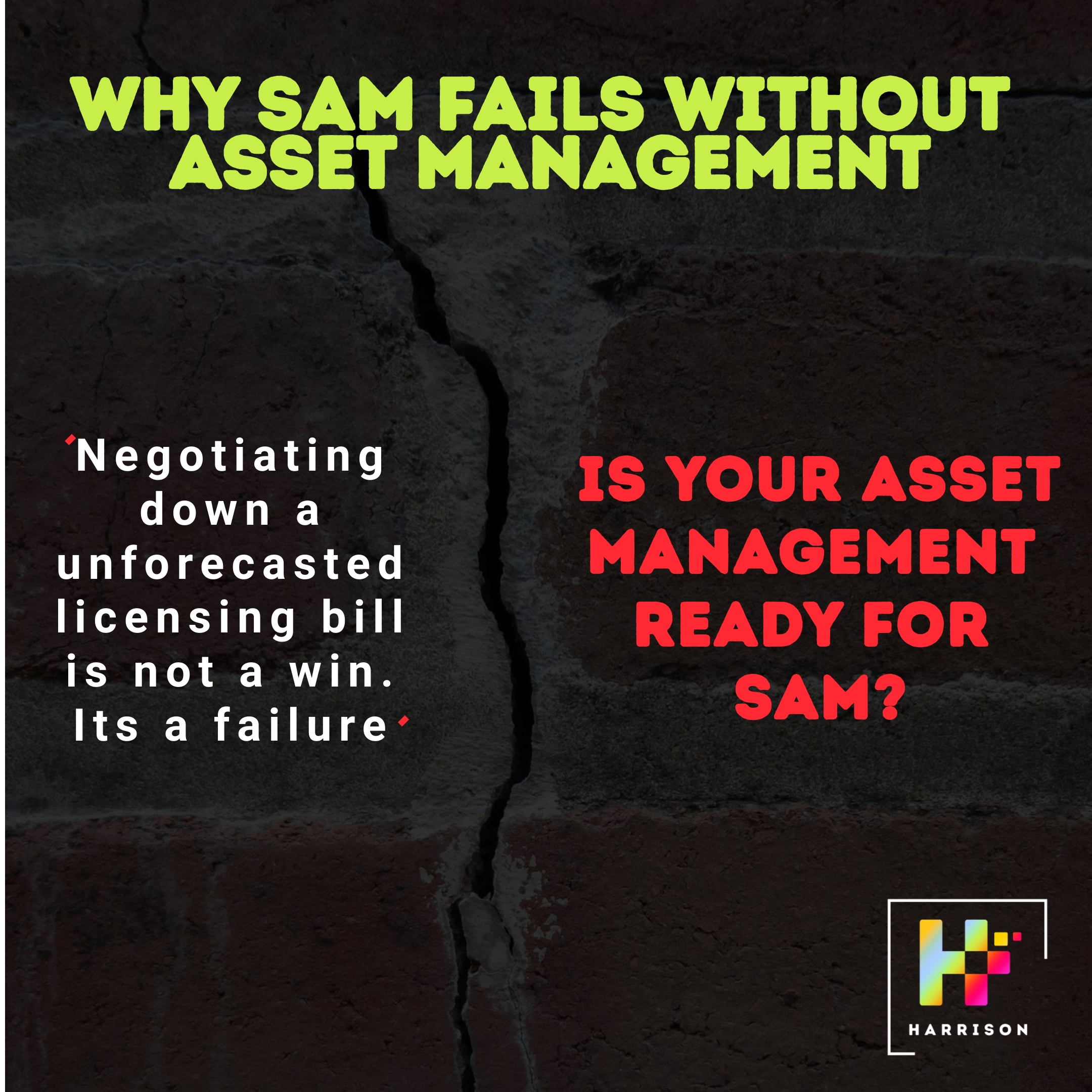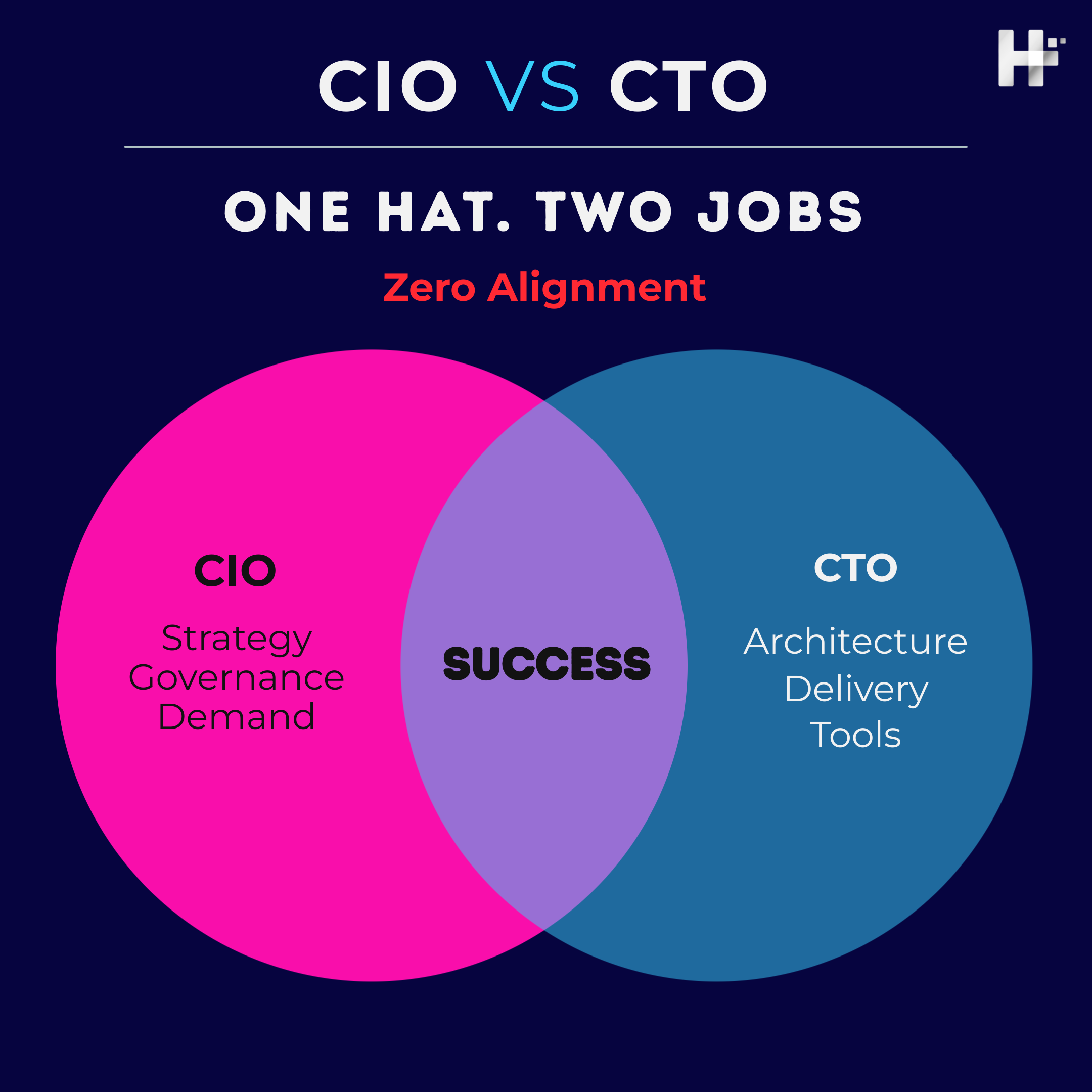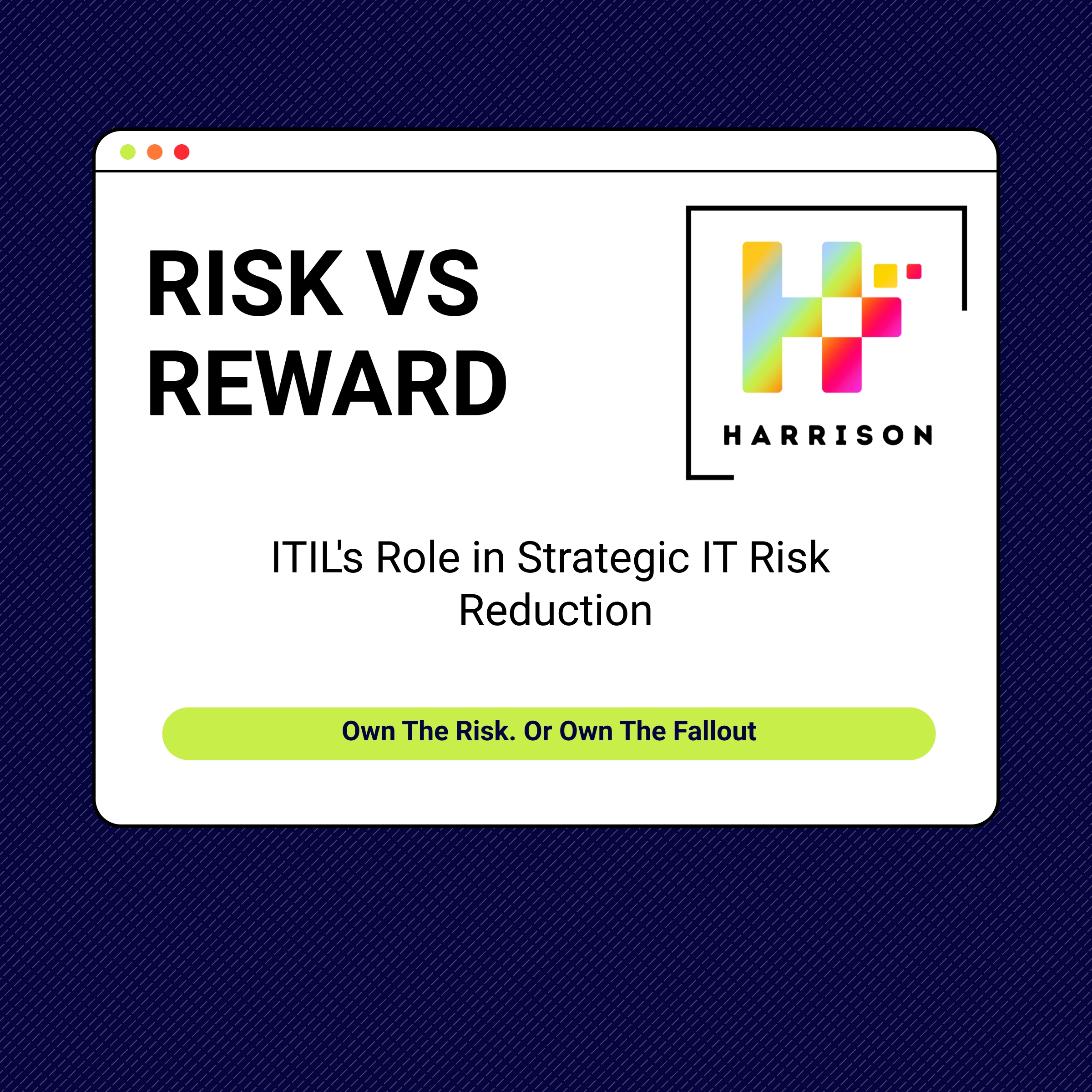ITIL in the Enterprise – The Leadership Blueprint
Most CIOs talk about ITIL like it’s a dusty old rulebook — a relic of a slower era. But here’s the hard truth:
ITIL isn’t a process manual. It’s a leadership stress test.
When ITIL thrives, leadership is aligned, priorities are crisp, and everyone knows how value flows from strategy to service.
When ITIL fails, it’s not because the framework is flawed — it’s because the organisation is.
This blog series isn’t about ITIL theory. It’s a leadership playbook for making ITIL work where it counts: inside high-pressure enterprises trying to move fast without breaking everything.
Let’s start at the top…
The Real Problem: Most Enterprises Are Organised for Silos, Not Service Value
CIOs often inherit decades of fragmentation:
- Strategy defined in PowerPoint.
- Operations buried in tickets.
- Architecture, change, and risk managed in isolation.
Everyone’s “optimising” their bit, but no one’s accountable for the whole.
Gartner calls this the execution gap:
“Organisations that fail to connect strategy to delivery will see 80% of their digital investments underperform.” (Gartner, 2023)
ITIL gives us a map — the Service Value System. But most organisations never walk it.
✅ The Good: When ITIL Becomes an Operating System for Leadership
The best IT leaders treat ITIL as a strategy-to-execution spine:
- Strategy drives demand — and design responds.
- Transition protects change velocity.
- Operations run with clarity, metrics, and muscle.
- Improvement is embedded — not an afterthought.
It looks like:
- Clear accountability across the value chain
- Regular alignment between business strategy and service portfolio
- Funding models that follow value, not just projects
- Data-driven service reviews that drive real decisions
This isn’t about “doing ITIL.” It’s about thinking like a CEO, not just a systems integrator.
❌ The Bad: When ITIL is a Process Bureaucracy That No One Understands
This is the reality in too many organisations:
- ITIL is a set of templates, not a mindset
- Service strategy is a once-a-year workshop
- Change freezes cause panic — or worse, are ignored
- The service desk is drowning in tickets that never become insights
McKinsey nailed it:
“Only 16% of organisations say their digital strategy is effectively implemented at scale.” (McKinsey, 2022)
This isn’t a tooling problem. It’s a leadership one.
CIO WAR CHEST: Questions That Expose Leadership Weakness
Ask these in your next exec meeting and watch the room shift.
- What percentage of our IT investment is directly linked to strategic business outcomes?
- Ask: Head of Finance, Portfolio Manager
- Data: CapEx/Opex breakdown by business value stream
- Who owns the service portfolio — and when was it last reviewed?
- Ask: Head of Strategy, BRM Lead
- Data: Last portfolio review outcomes, list of retired/added services
- How are major risks from change, security, and capacity being surfaced to the board?
- Ask: Risk Officer, Change Manager
- Data: Top 5 risks logged in past 90 days and their escalation path
- What’s the time lag between incident, root cause, and systemic change?
- Ask: Head of Ops, Problem Manager
- Data: Median time from incident to implemented corrective action
- How often does business strategy explicitly drive service or architecture decisions?
- Ask: Enterprise Architect, Strategy Director
- Data: Project intake forms, last 3 roadmap alignment decks
ITIL is a Mirror. If You Don’t Like What You See, It’s on You.
Don’t blame the framework. Blame the lack of leadership clarity.
CIOs who make ITIL sing do three things:
- Align leadership around value, not silos
- Use governance to drive decisions, not just compliance
- Demand visibility from boardroom to backlog
Hard Truths & Leadership Calls to Action
- Most ITIL failures are leadership failures — masked as “process issues.”
- Your service portfolio is a strategic weapon. If it’s outdated, so is your strategy.
- Governance is not a steering committee. It’s your control tower.
Next Step for CIOs:
- Run an executive walkthrough of your Service Value System. Where does visibility end? Where does value stall?
- Map one high-impact service from demand to delivery. If the map has gaps, so does your leadership model.
- If your leadership team needs a partner to translate these questions into action, see how we help CIOs deliver IT strategy that sticks.
The truth is, ITIL isn’t about process—it’s about power. Power to lead, to drive clarity, and to make IT indispensable to enterprise value. Most CIOs treat ITIL like a side-of-desk compliance function. The bold ones treat it like a leadership system. If your operating model can’t answer the tough questions, it’s not a framework—it’s a façade.
Next up: Service Strategy. Because without a strategy, all your processes are just admin.
Need help asking the uncomfortable questions? We help CIOs turn ITIL from theory into transformation. Talk to us.
Follow us
Latest articles
December 14, 2025
December 14, 2025
December 14, 2025
December 14, 2025
December 14, 2025
December 14, 2025








